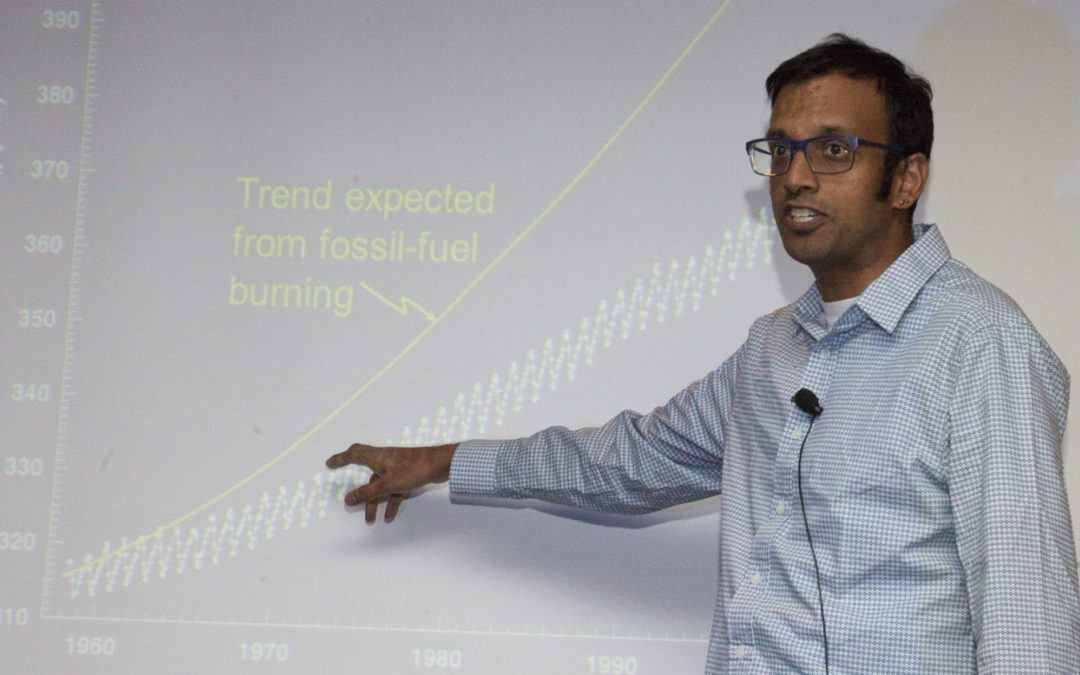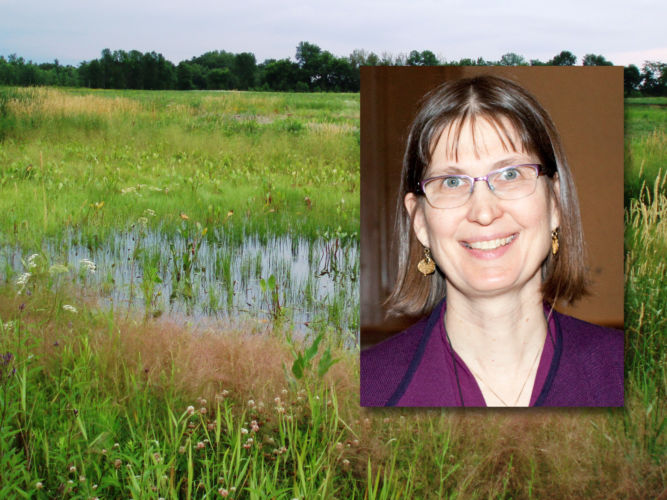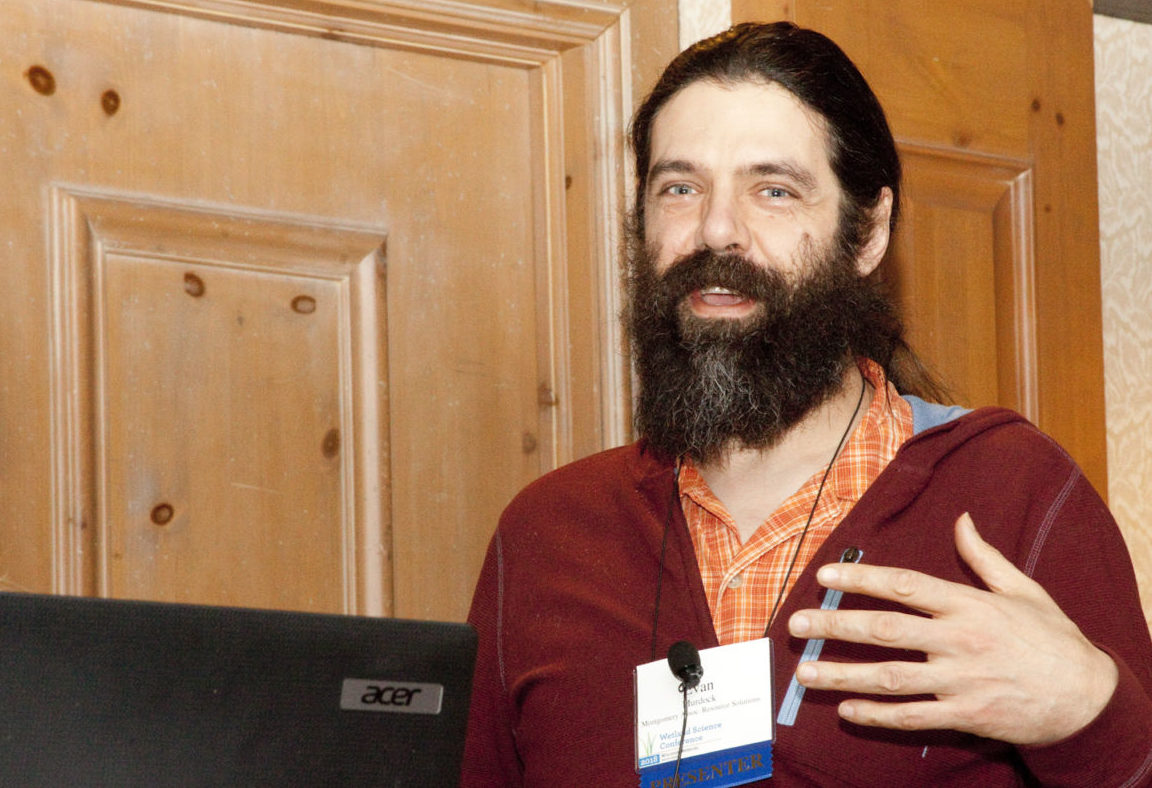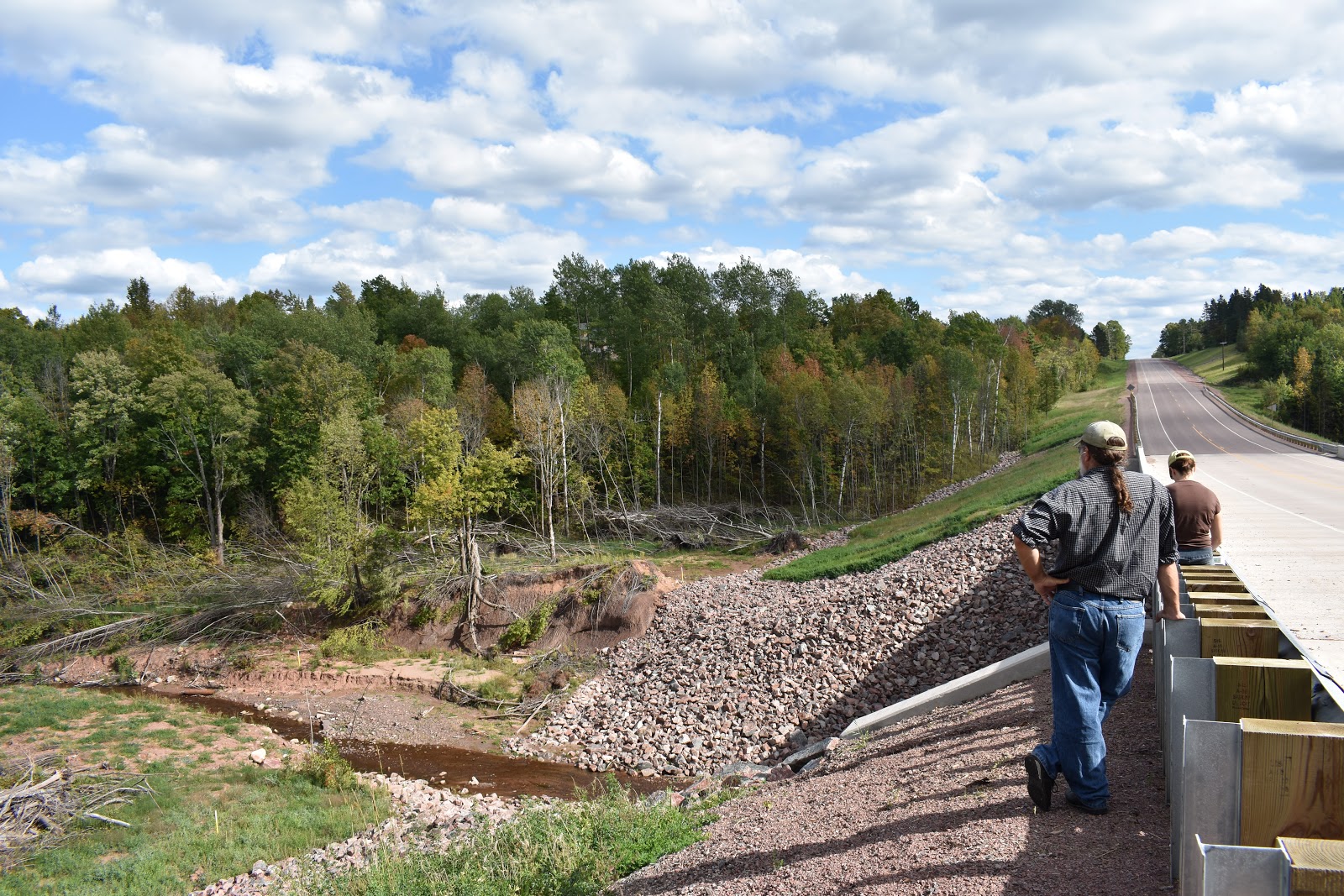In this four-part series, several wetland experts who spoke at our 2018 Wetland Science Conference examine wetland resilience for a changing world. These articles originally appeared in the 2018 Vol 1 Newsletter from Wisconsin Wetlands Association. Become a member and be the first to read our newsletter stories.
One of the numerous services and benefits Wisconsin wetlands provide is their ability to sequester (or store) carbon dioxide from the atmosphere through photosynthesis.
How does it work? Wetlands benefit from relatively slow rates of plant decomposition that occurs in oxygen-poor and cold environments of wetland soils. As a result, wetlands can sequester large amounts of carbon. We see this in the thick deposits of peat and organic soil found in so many locations, some of which go back all the way to the end of the last glacial period ten thousand years ago.
What is the benefit of this carbon sequestration? Nearly a quarter of all fossil fuel emissions of carbon dioxide end up in ecosystems like wetlands via carbon sequestration. This ecosystem service keeps the rate of ongoing climate change slower than it would be otherwise. Policies that protect natural features of wetlands and maintain anoxic, cold environments protect this benefit.
The biggest risk to this wetland service is the long-term effect of continued wetland drainage and a warming climate. Drained wetlands emit large amounts of carbon on initial conversions and then continue to act as a source of carbon dioxide to the atmosphere for some time afterward until new vegetation can be established and take root. Current studies are exploring the best strategies for wetland restoration and management that maximize carbon sequestration.
Adapted from Ankur Desai, Professor, Atmospheric and Oceanic Studies, UW-Madison.
Photo by Monika Blazs.
Evan Murdock examines an uncertain variable in climate change; groundwater.




